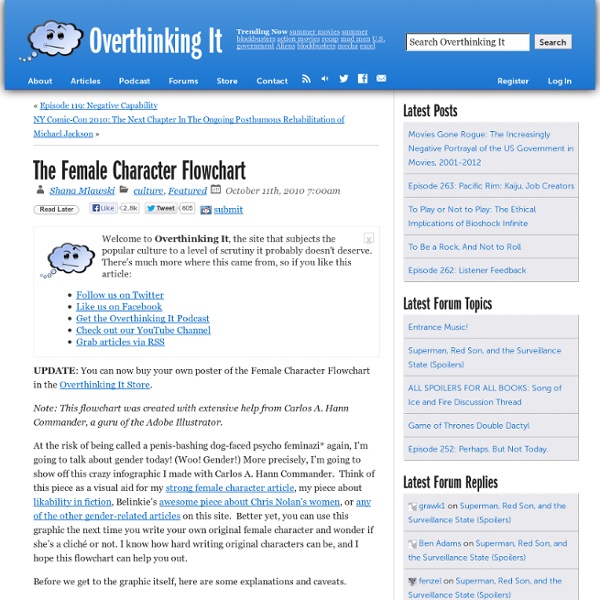



13 ways to create compelling characters 1. Make the character exceptional at something. Give your character a trait or skill that makes him or her admirable in some way. It doesn’t have to be anything over-the-top. Maybe she’s an office manager…who is an amazing cook. Maybe he’s a rebellious teenager…who is unusually perceptive. As soon as that character is really good at something, the reader perks up. 2. This is so effective that screenwriters often use a “save the cat” scene (and the better the screenwriter, the subtler the scene) near the beginning of the screenplay to make the audience like and identify with the character. As soon as you show the character genuinely caring about the world, the reader starts to care. 3. Hands-down, one of the best pieces of writing advice I’ve ever received in my life. 4. I’m not talking about dialect or verbal tics or anything gimmicky. 5. Your characters might exist for the sake of the story…but you need to create the illusion that they don’t. 6. Passionate people are interesting. 7. 8. 9.
Welcome to Fuck Yeah Character Development Character Survey of Doom descriptive words chart This column will change your life: how to think about writing 'An awful lot of people seem to think they know the secret to writing well.' Illustration: Chris Madden for the Guardian What's the secret to writing well? As I've said previously here, an awful lot of people seem to think they know, yet their "rules for writers" are almost always (pardon the technical linguistics jargon) bullshit. For example, "Show, don't tell" is frequently bad advice. In the right context, the passive voice is fine. The key thing to realise, Pinker argues, is that writing is "cognitively unnatural". Pinker's answer builds on the work of two language scholars, Mark Turner and Francis-Noël Thomas, who label their approach "joint attention". Perhaps this seems stupidly obvious. This isn't a "rule for writers"; it's a perspective shift. oliver.burkeman@theguardian.com